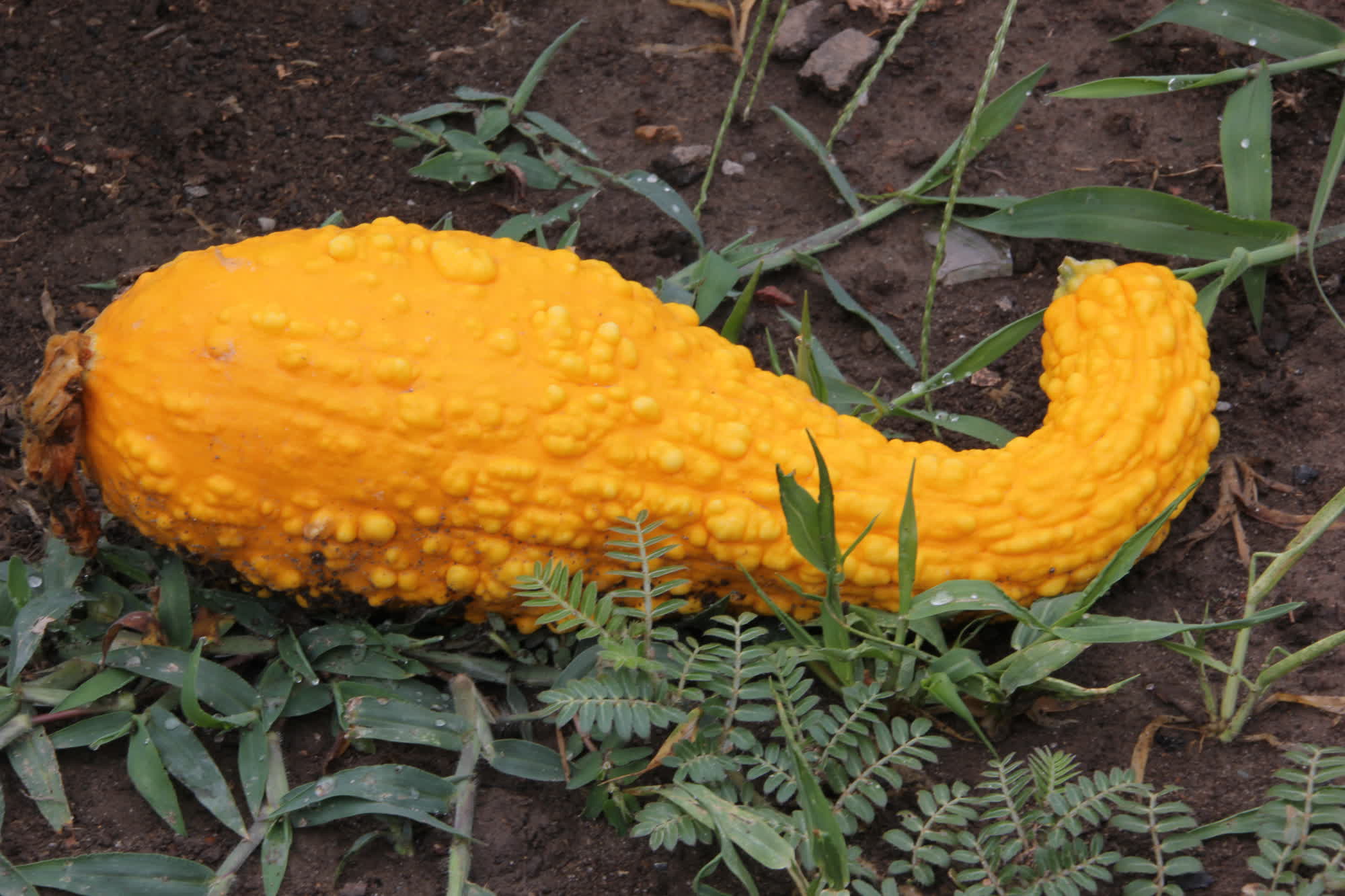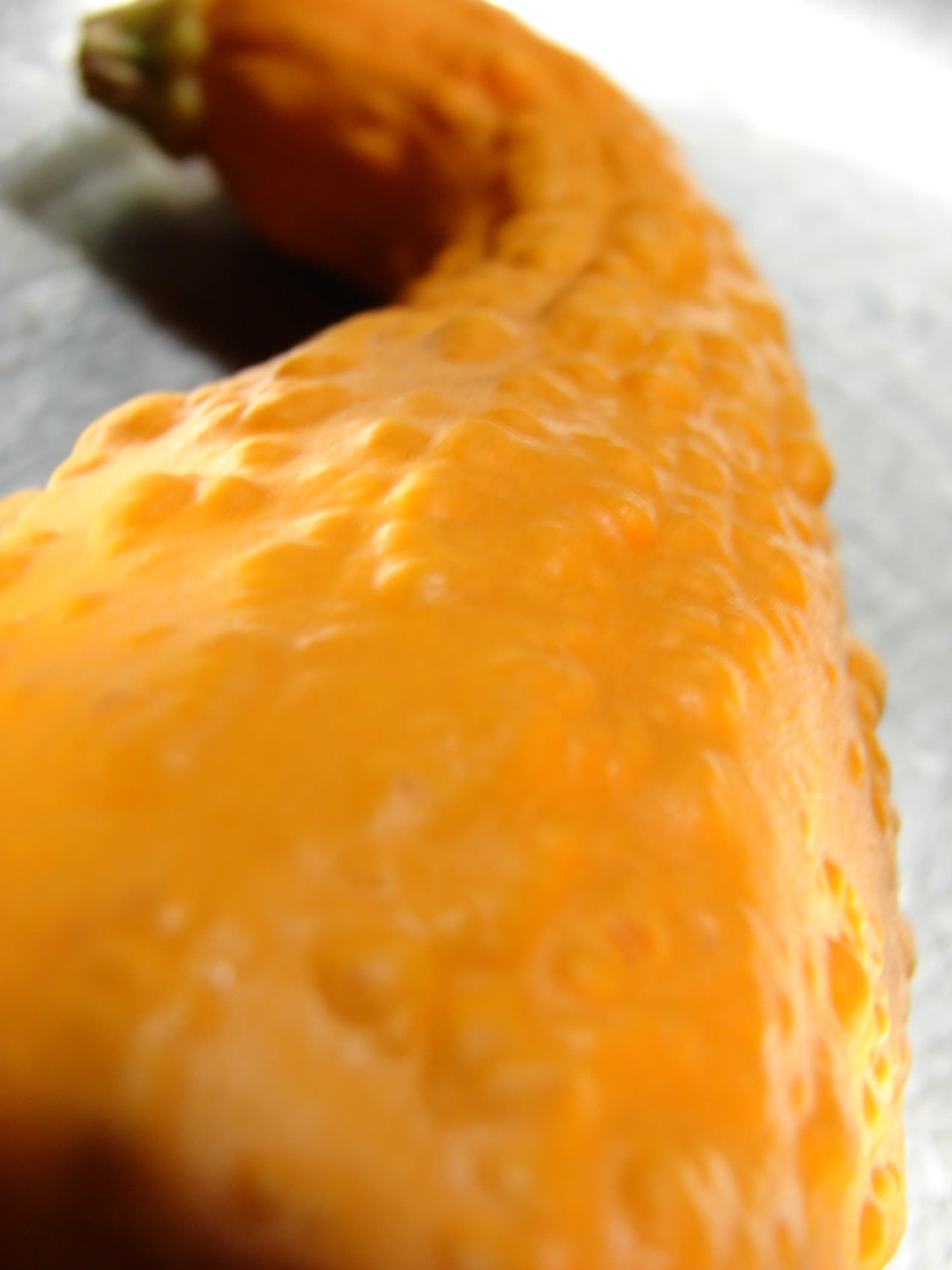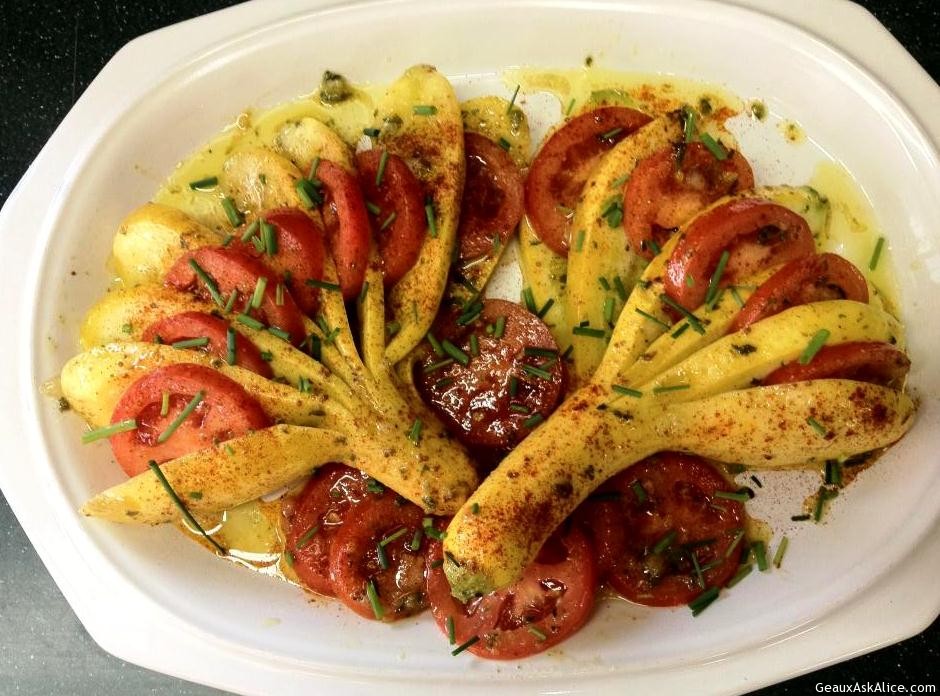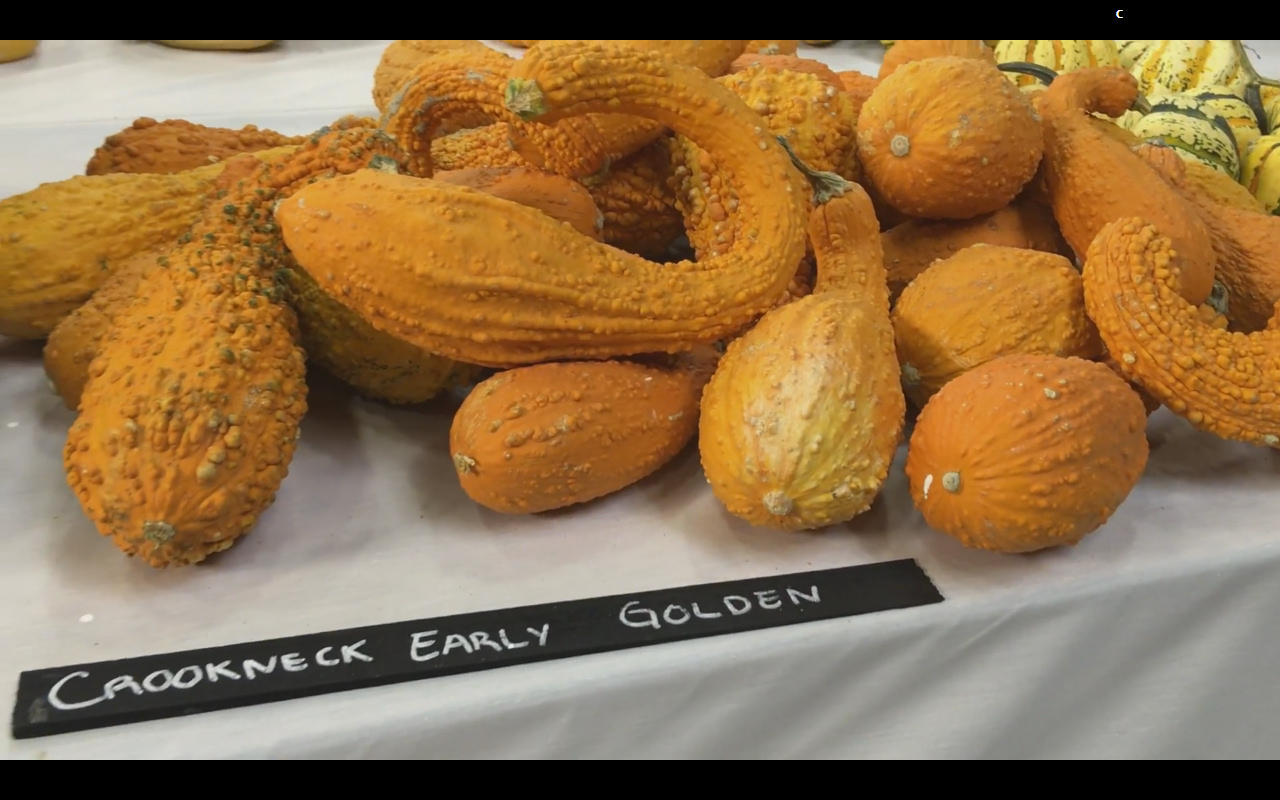 MBZ
MBZ

|
|
|
|
|
| ||||
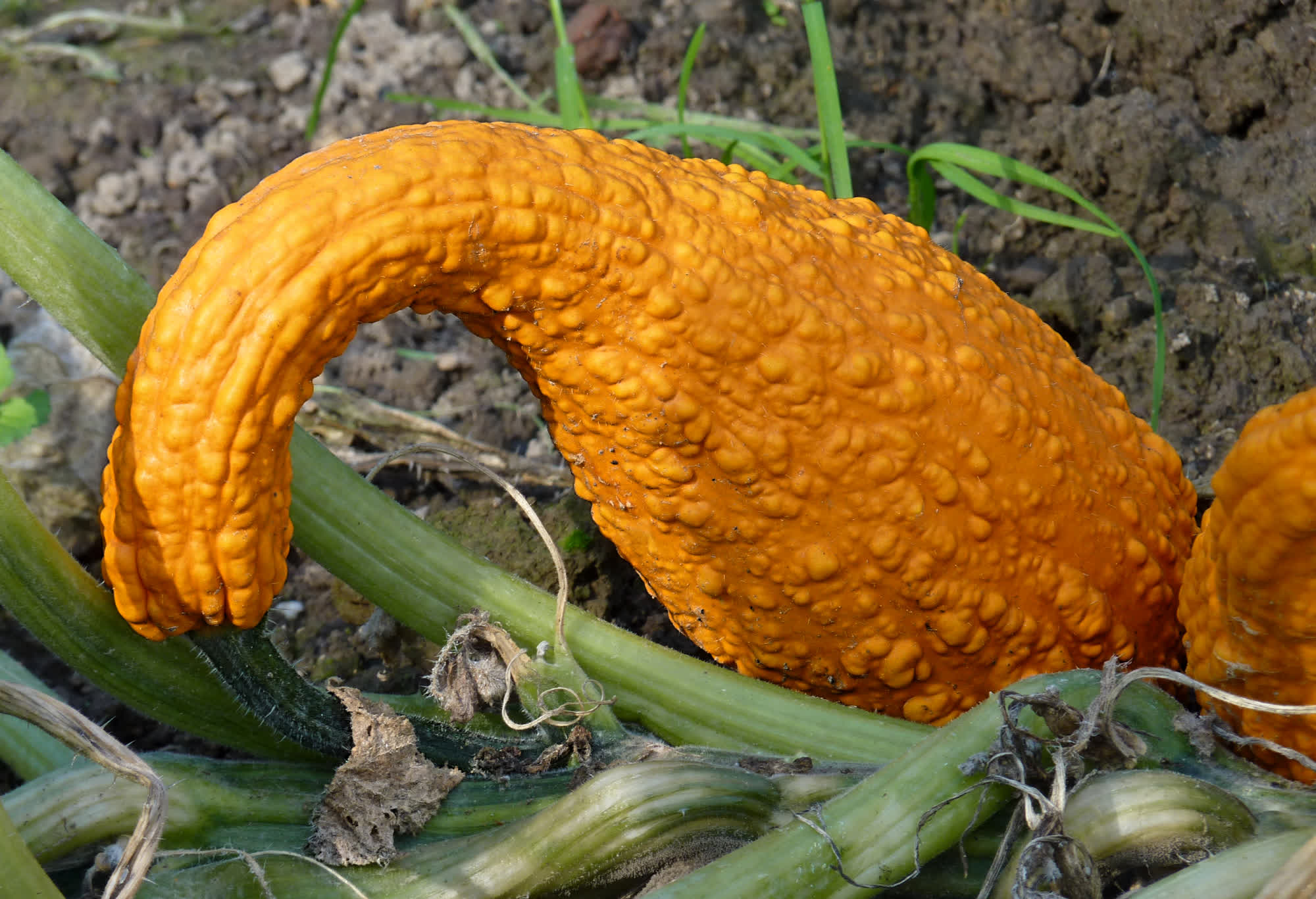
Suitable for cooking. Yellow Crookneck squash is thin-skinned, yet sturdy making them ideal for use in both raw and cooked applications.
The Yellow Crookneck squash has a medium squash size and smooth, delicate yellow skin. Its flesh is dense, pale yellow and layered with soft, edible seeds. As its name suggests its shape is curved along its slim neck and widens at the base of the squash. For best flavor and texture Yellow Crookneck squash should be harvested at five to six inches or less in length. Its flavor is mild and buttery with nuances of black pepper and nuts, similar to that of zucchini. If allowed to fully mature and dry on the vine it will harden and take on an orange hue, its skin additionally will become increasingly warted with lumps, bumps and lineations.
The Yellow Crookneck squash is a summer squash variety that has long been a staple crop in the Americas. Crooknecks are recorded as grown by the Arikara tribe near the head of the Missouri River in 1818 and by the Cooper Family of Camden New Jersey in the early 1800’s. Though they may have been grown before that time there is little solid documentation of the Yellow Crookneck prior to 1807. There is however mention of “horn” shaped squash in “A New Voyage to Carolina” written in 1709 that may reference a crookneck type. Additionally, in Francis Higginson’s “New England Plantation” written in 1630 there is mention of “pumpions and cowcumbers” which also could be a reference to early summer crookneck types.
Crookneck type squashes are believed to be one of the oldest varieties of summer squash and documentation of them dates back to Colonial America. In 1807 Thomas Jefferson received seeds for what is believed to be the Yellow Crookneck squash from Philadelphia Quaker, Timothy Matlock. In Thomas Jefferson’s Garden Book it is documented that Matlock received the seeds from the Cooper family who for nearly a hundred years had preserved the heirloom squash in New Jersey. While many types of squash made their way to Europe via explorers returning home from the New World the Crookneck types would not appear in Europe until the early 19th century. Yellow Crookneck squash is an easy to grow variety and thrives in full sun, warm weather and with fertile, well-drained soil. Squashes vary from vine to bush types, Yellow Crookneck is an open bush type which allows for easier harvests of this prolific fruiter.
